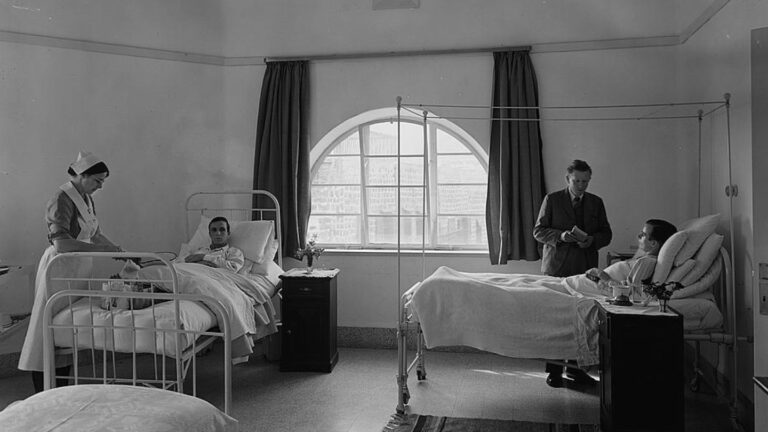Israel’s first prime minister, David Ben-Gurion, was famously a man who eschewed luxuries. Nonetheless, his position did afford a few niceties, including a private train car. That carriage, “Number 98,” recently underwent reconstruction and is now on display at the Israel Railways Museum in Haifa.
Number 98 was built in 1922 in Britain by the Birmingham Railway Carriage & Wagon Company for Palestine Railways, the British government-owned railway company that ran all public railways in mandate territory of Palestine from 1920 until 1948.
The railway’s main line linked El Kantara in Egypt with Haifa, with branches in Jaffa, Jerusalem, Acre and the Jezreel Valley. Number 98 traveled even farther, to Damascus and Cairo.
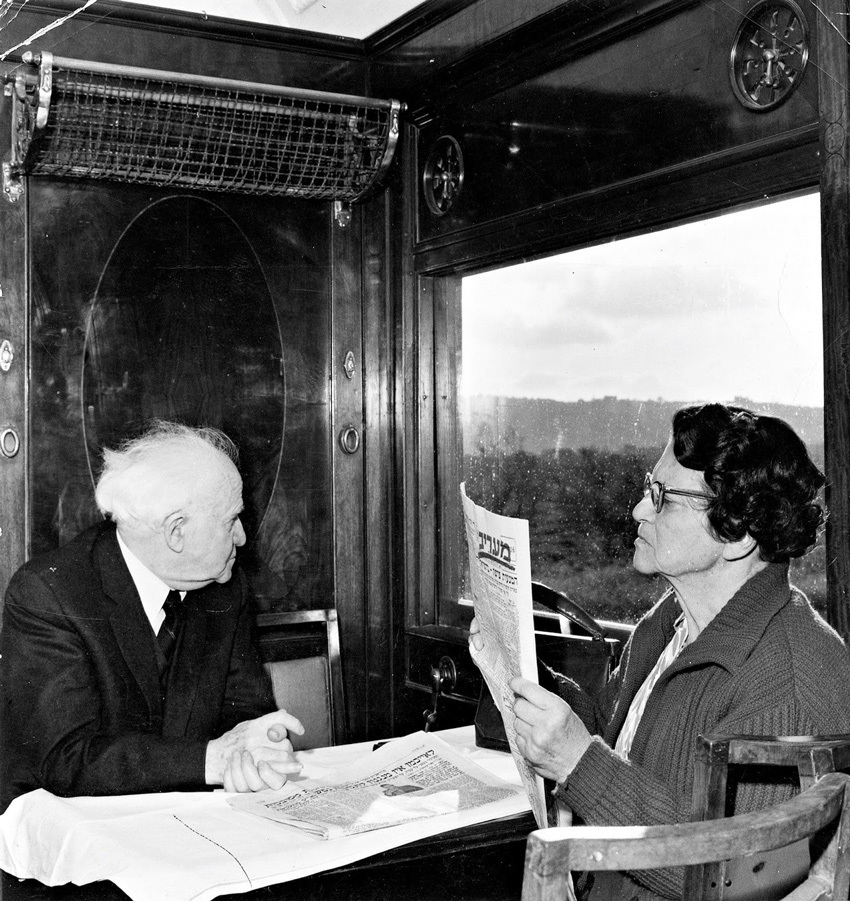
The carriage was originally fitted with 20 spacious armchairs and a fully equipped kitchen to serve guests. In the late 1920s it was converted into a luxury six-bed saloon coach.
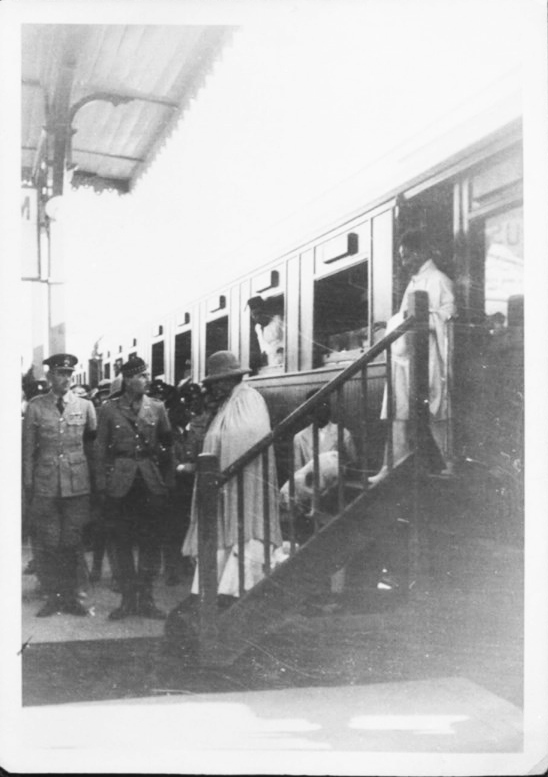
Among the guests in the carriage were Emperor of Ethiopia Haile Selassie, who fled Ethiopia after the Fascist Italian occupation, King Albert of Belgium during a visit to Tel Aviv in 1931, and the high commissioners of the British Mandate.
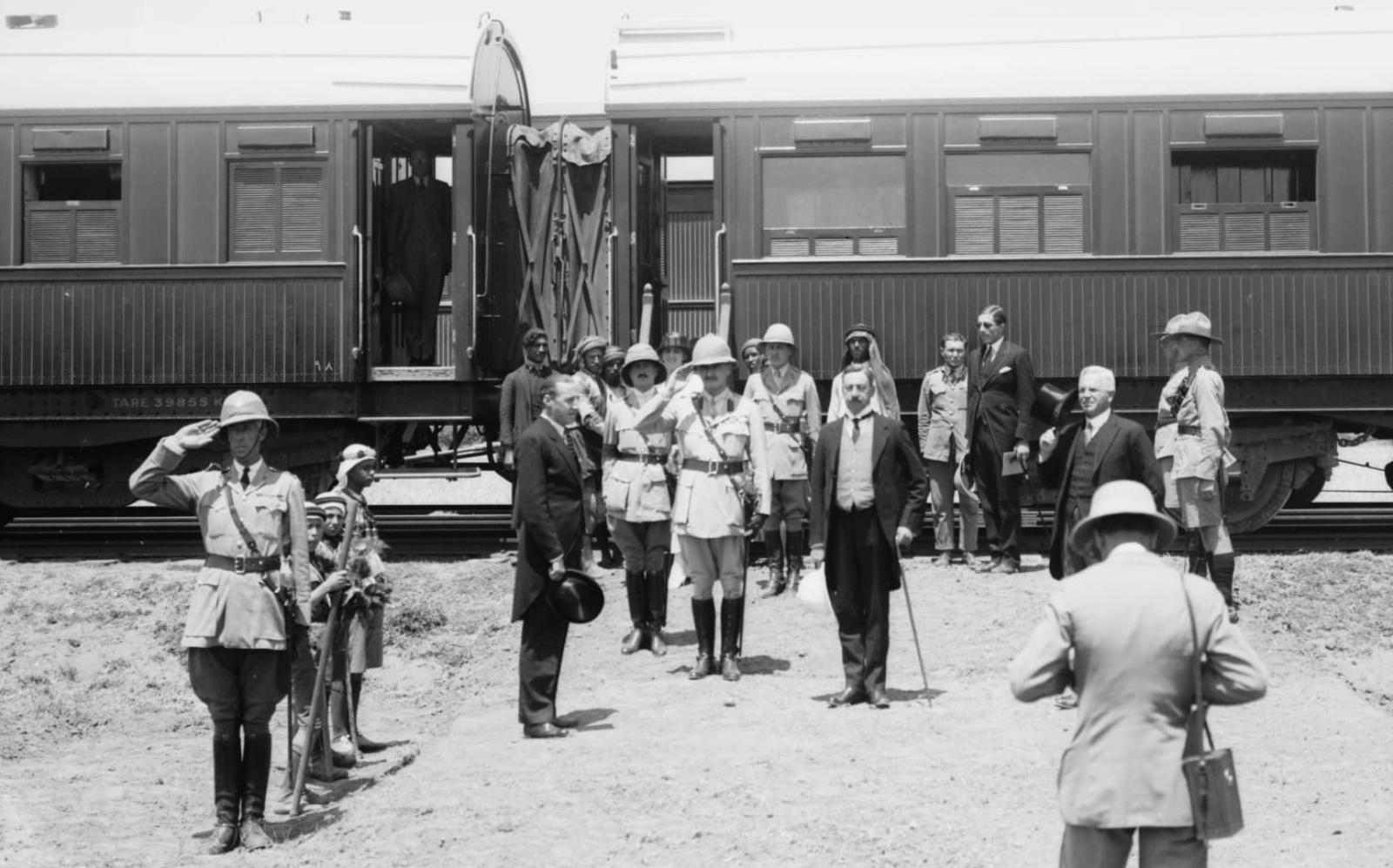
During Israel’s War of Independence in 1948, the car was looted and destroyed. At the end of the war, it was renovated by the newly established Israel Railways,which continued to use it until the late 1960s.
After the establishment of the State of Israel, Prime Minister David Ben-Gurion, second Prime Minister Moshe Sharett and the President Yitzhak Ben-Zvi all made use of the carriage.
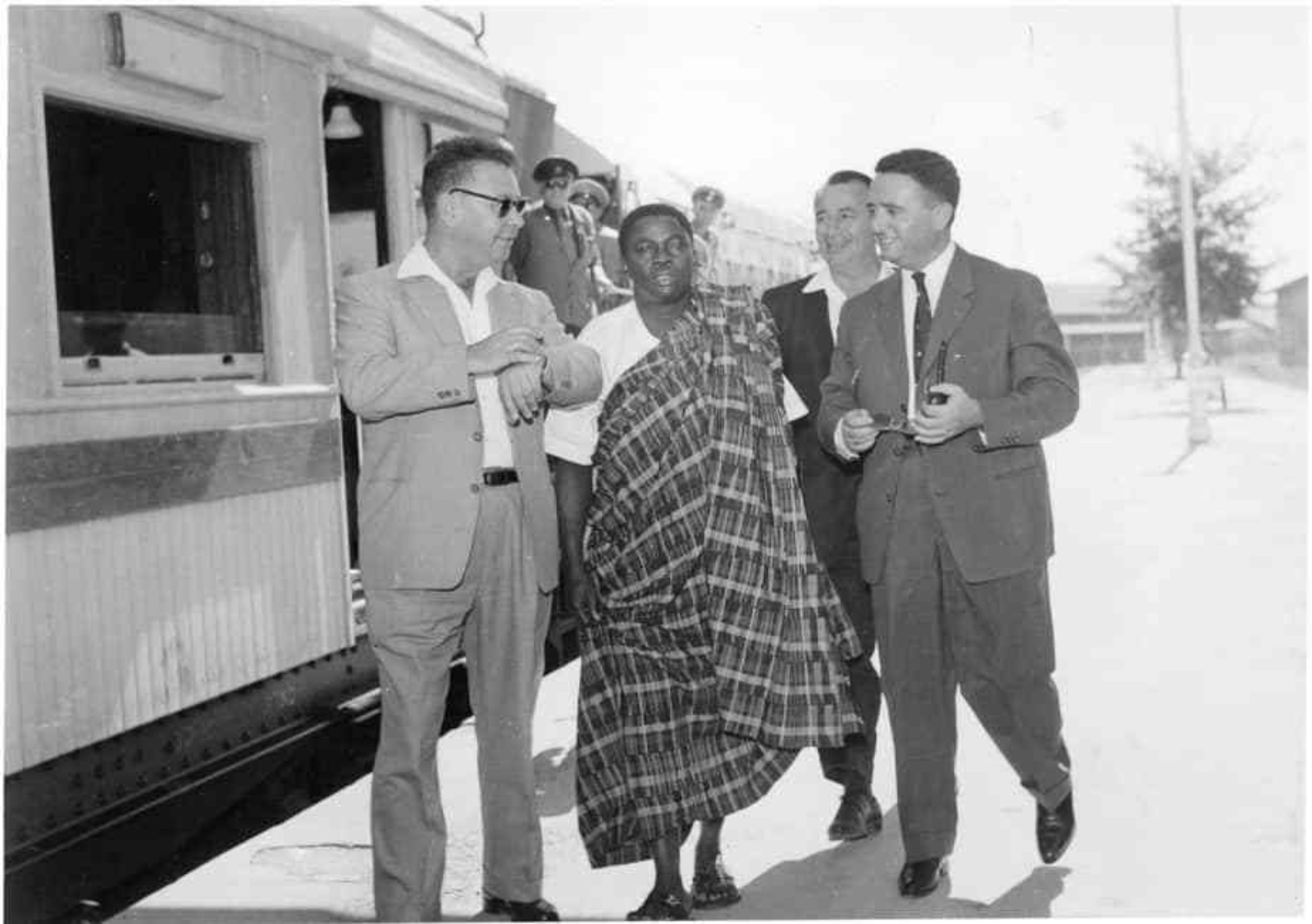
At the end of its service, ownership of the car was transferred to the Israel Defense Forces (IDF), which used it during the 1970s as an office at the Refidim base in the Sinai.
In 1983,the Israel Railways Museum was established in Haifa and ownership of the railway car transferred to the new museum. In 2000, the heavy equipment was transferred to a new garage where renovations could be carried out.
Number 98 was without its original wheels and many other parts. As part of the reconstruction process, missing parts were taken from the remains of another car from the same period. The worn roof was replaced, the wooden body of the car was cleaned and repainted as it was in the 1950s.
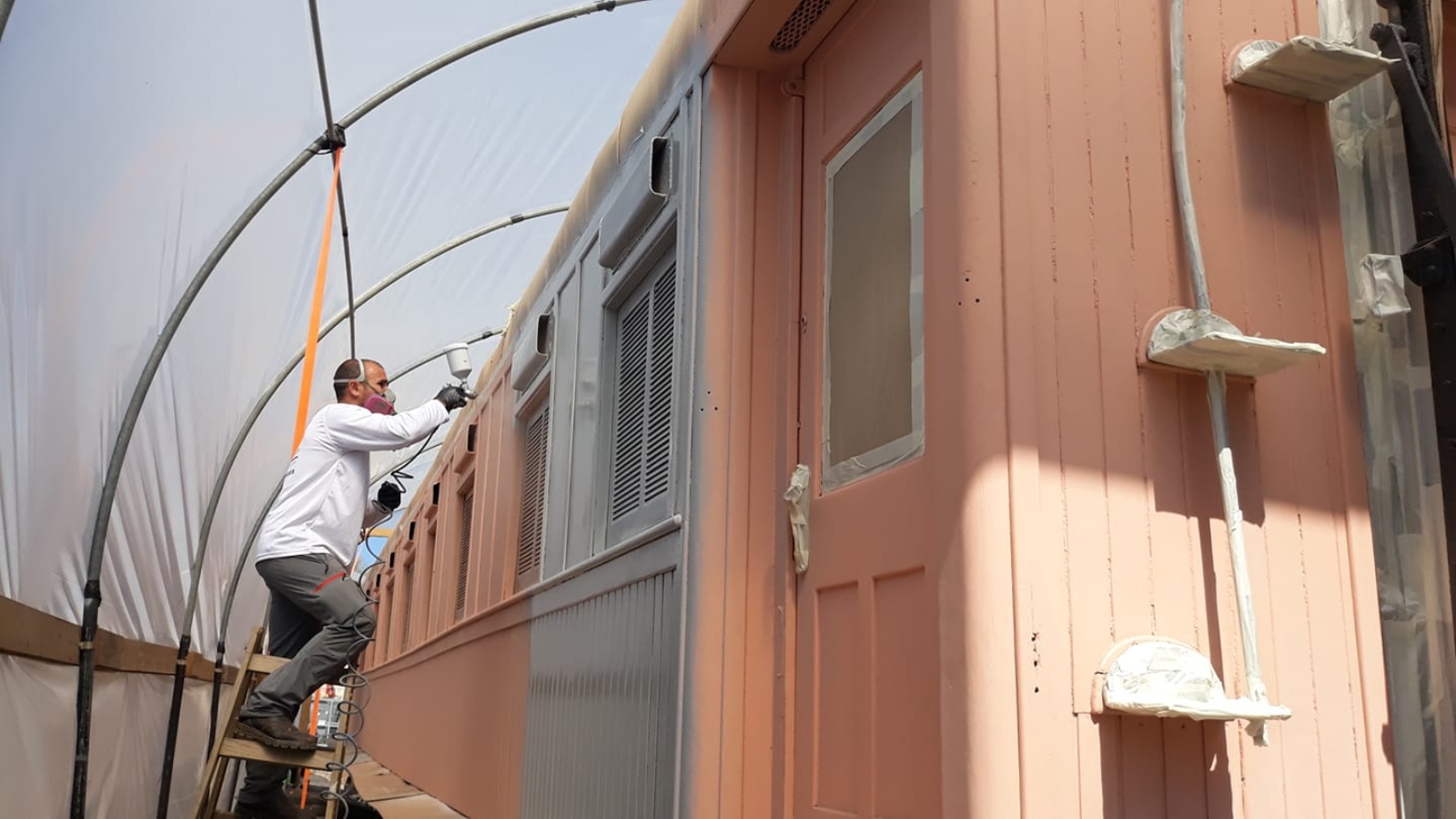
In the museum warehouse, the restoration crew located a metal plaque with the Israel Railways logo from the 1950s and the name plate was affixed to its original place on the carriage body.
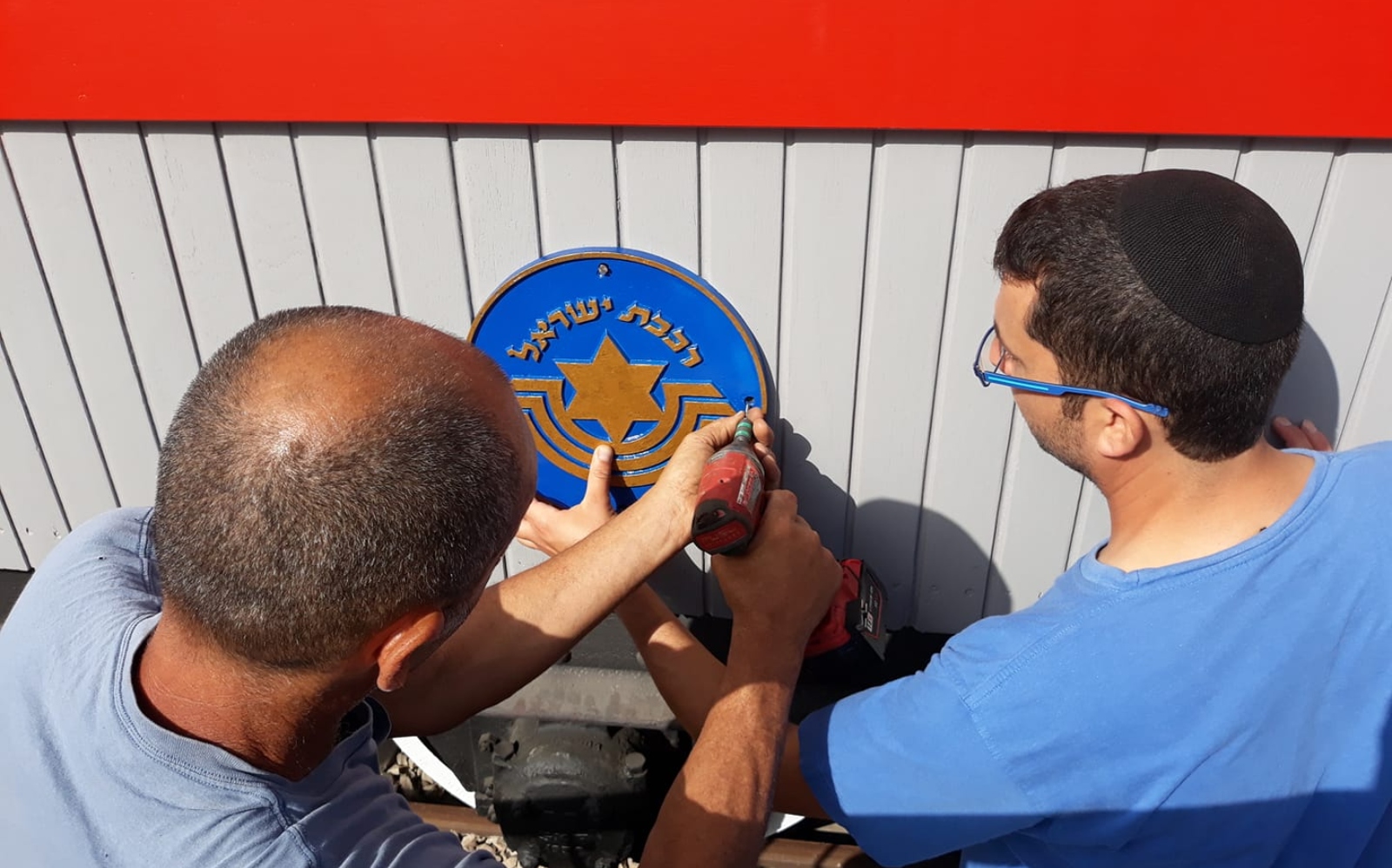
During the renovation, the reconstruction team was surprised to discover the remains of at least six layers of paint.According to Israel Railway Museum director Chen Melling, “We decided to leave a small section of the train body with examples of all the original layers of paint, both as an illustration of the longevity of the car and as a tool for research of future historians.”
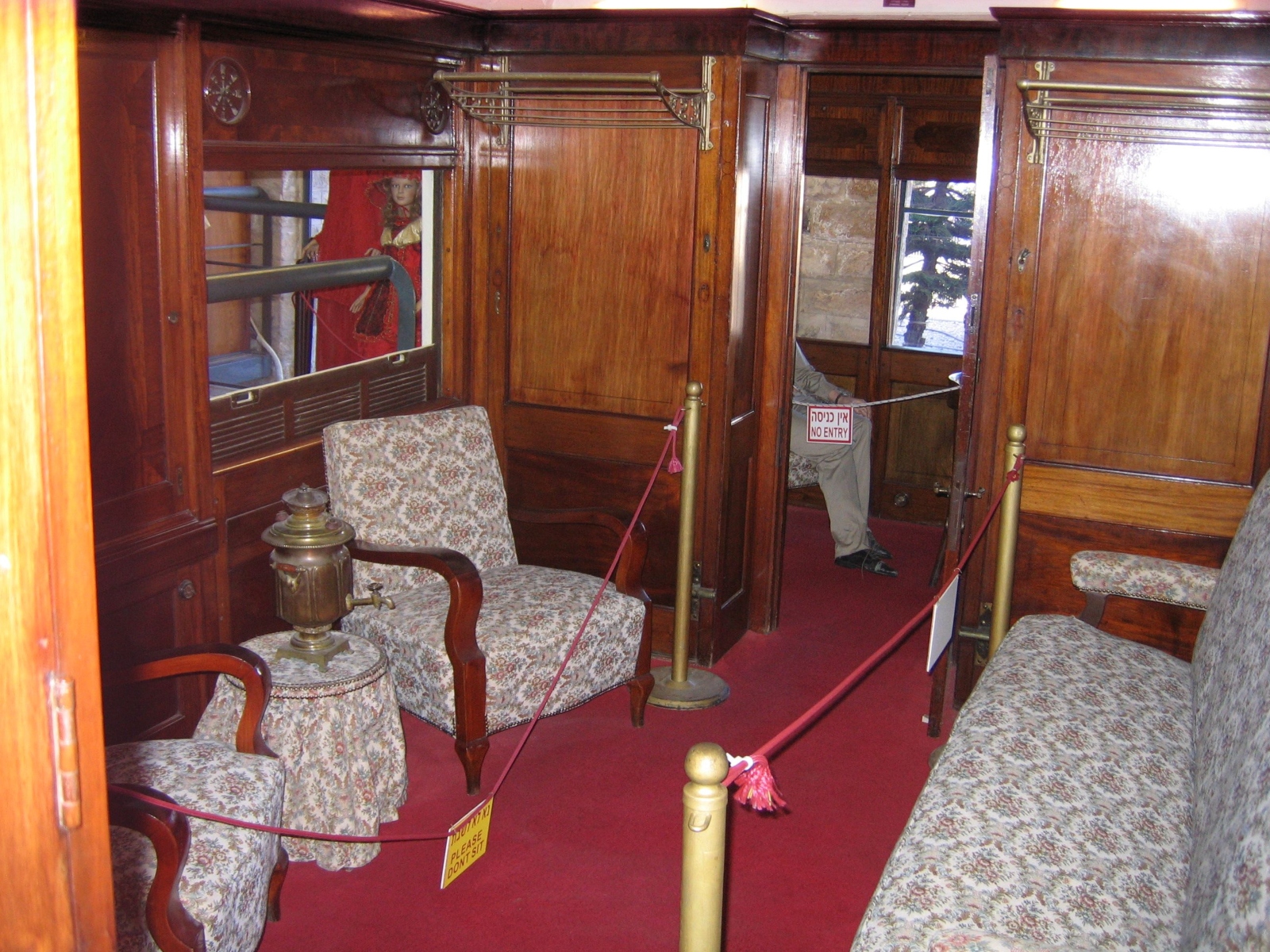
Located in the historic stone buildings of the Haifa East Station– the only train platform in the world from which trains left for three different continents — the Israel Railways Museum presents the history of trains in Israel, from the inauguration of the first line in 1892 between Jaffa and Jerusalem and on through current and future developments of Israel Railways.
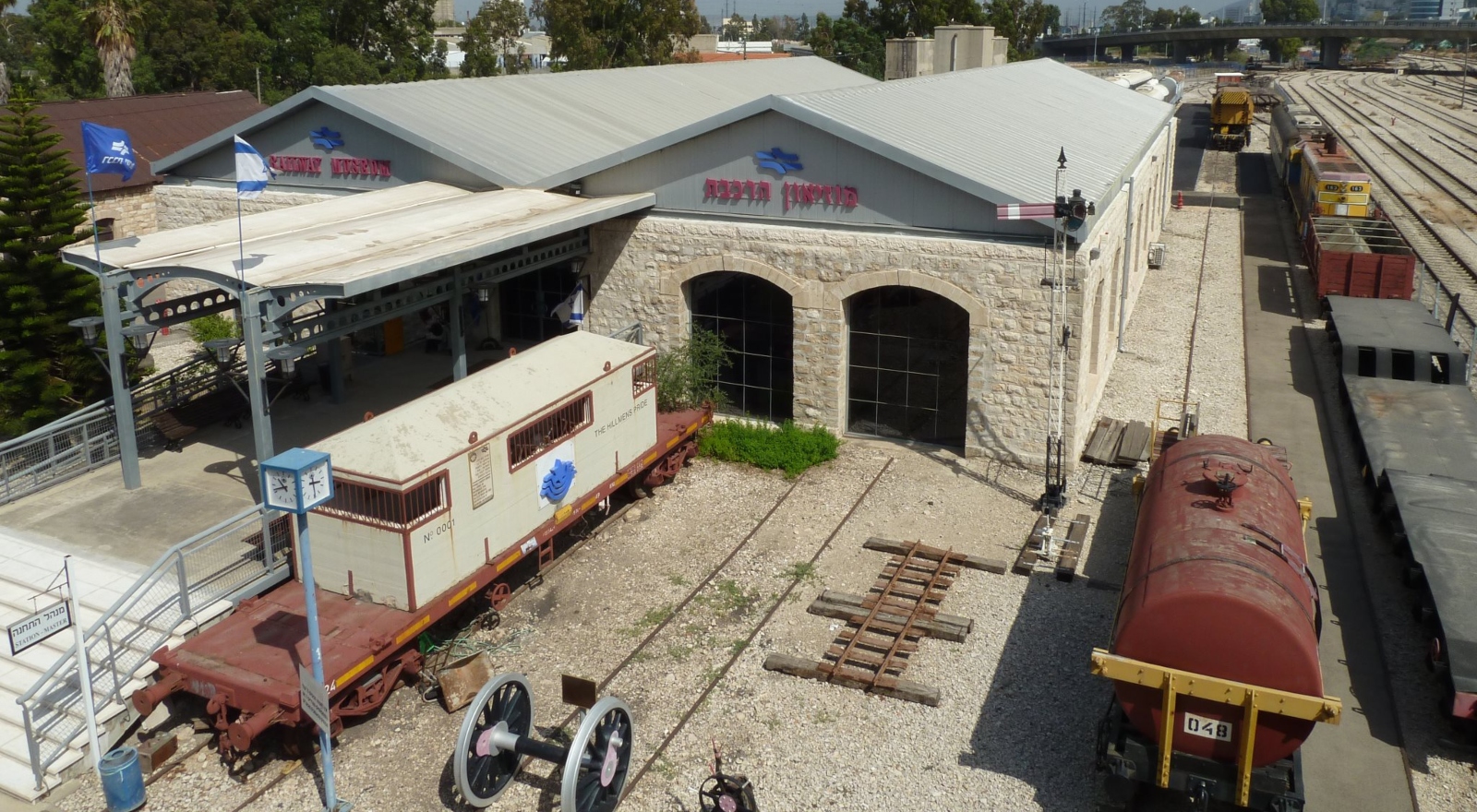
The exhibit includes historical tools and equipment, photographs, posters, timetables, tickets, stamps and other ephemera, model trains and more.
For more information, click here.




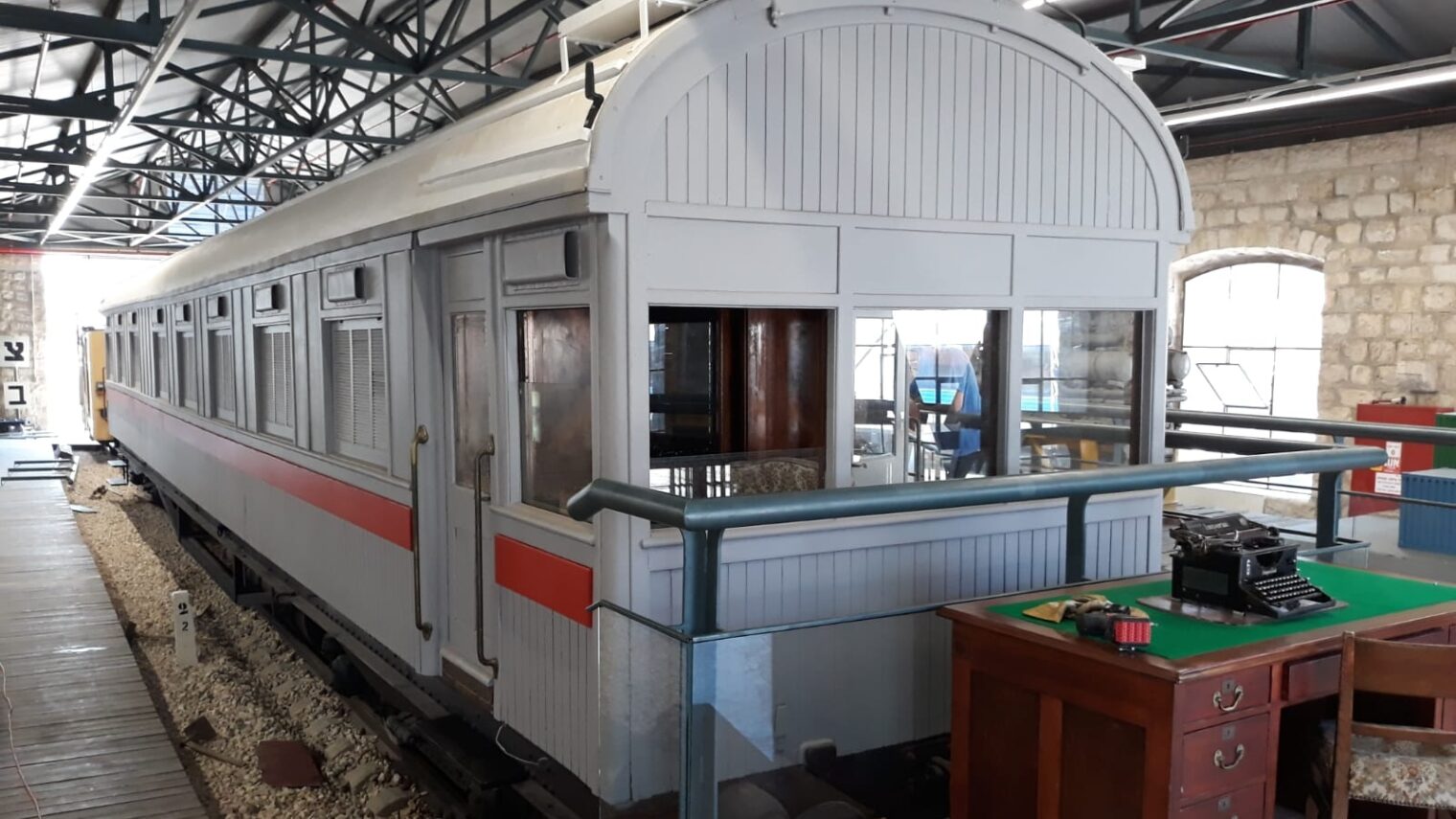










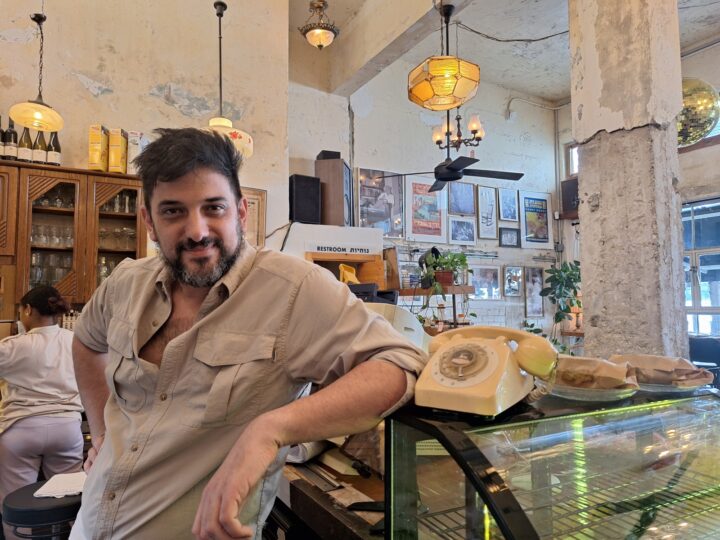
![Elections 1977 – Likud posters] In 1977, Menahem Begin led an election upset as Israel’s first non-Labor prime minister. Credit: GPO Elections 1977 – Likud posters] In 1977, Menahem Begin led an election upset as Israel’s first non-Labor prime minister. Credit: GPO](https://static.israel21c.org/www/uploads/2019/09/Elections_1977___Likud_posters_-_GPO-768x432.jpg)
